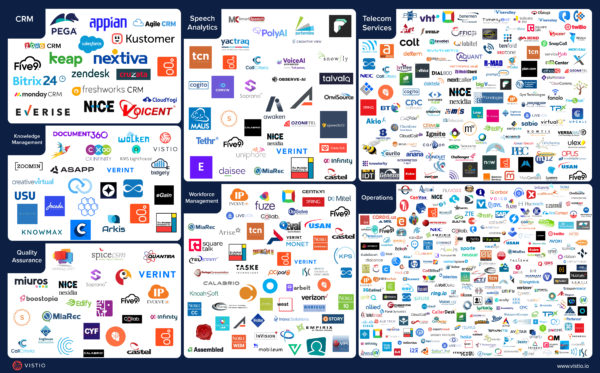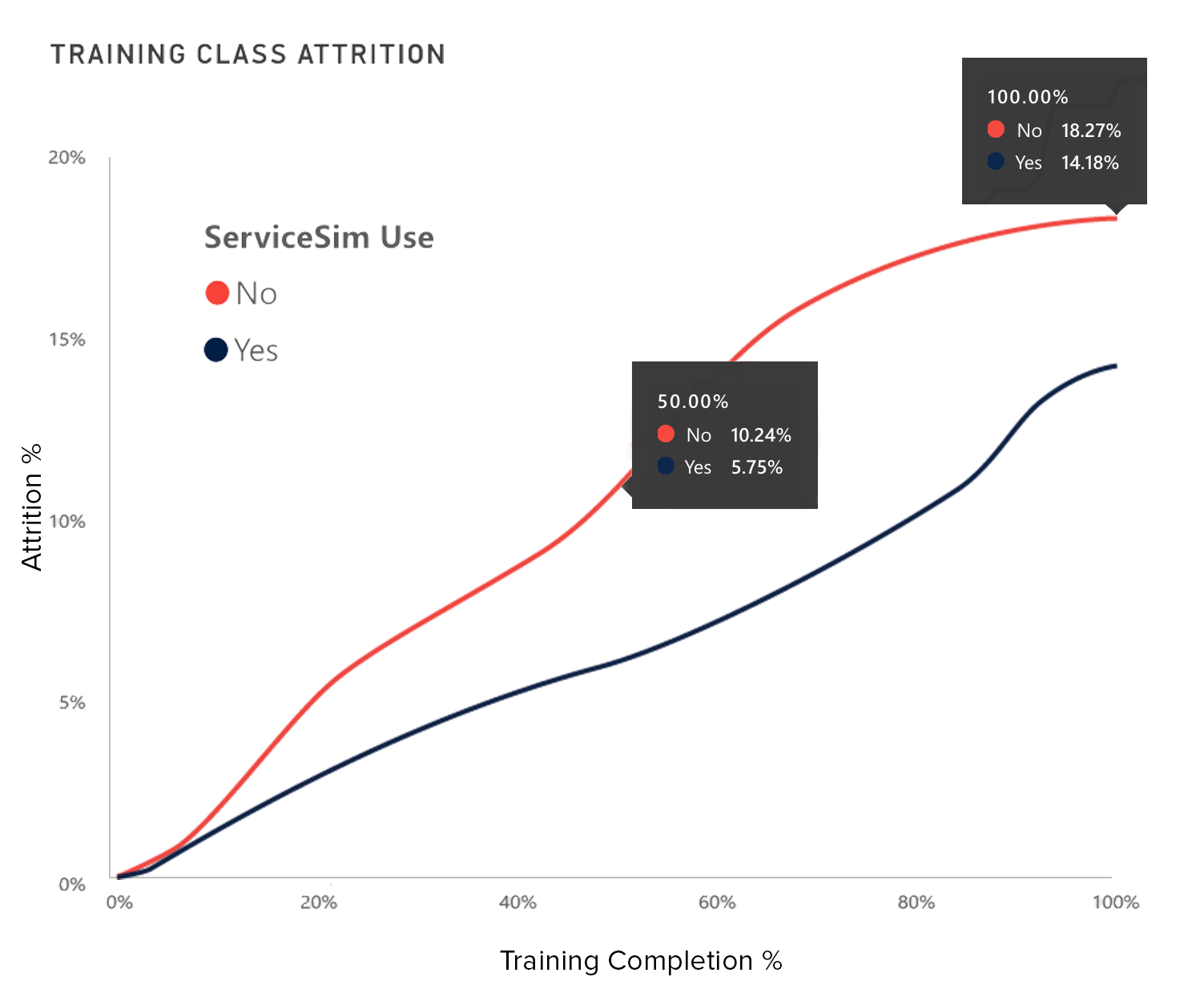A practical guide to performing a technology audit and what to look for when choosing the correct tech to improve contact center performance.
A common misconception among contact center professionals is that poor customer service is the result of poor or insufficient customer service representative (CSR) technology. The reality is that delivering great customer service isn’t about using more technology; it’s about using the right technology that creates clear, simple, and unified processes for your agents to follow on every call.
There is an overwhelming amount of CSR software on the market making great claims of how it can improve the customer experience. Flashy marketing including enticing acronyms like RPA, RPO, and AI are everywhere you turn, and it is easy to get wrapped up in the possibility that these technologies will instantly transform the way your agents deliver great customer service. The reality is that leadership and managers are often accumulating unnecessary technology, adding to legacy systems that no longer serve the business, and giving agents too many technology tools. Ultimately, this hinders your agents from doing their jobs efficiently, effectively, and consistently. A recent study estimated that American companies wasted 37% (almost $30 billion) of their software dollars over the course of the four-year study on unused software, blocking budget that could be allocated to technology that could actually streamline your agent’s job.

In this post, we will give a simple overview of how to perform a tech audit in order to reduce tech clutter and improve the agent and customer experience and also provide a list of the key elements to look for when adding software to your contact center agent’s technology toolbox.
How to Perform a Quick and Easy Tech Audit
Step 1: Make a list of all the current CSR technology tools and software that you own or license. Ensure to note if the technology was purchased with one payment or if there is a license fee that is paid. This exercise is also a great opportunity for you to gain insight into when licenses are going to expire.
Step 2: Create a survey for your agents to give feedback on the technology tools you identified in Step 1. Ask them to rank these tools on a scale from 1 to 10, 1 being a tool they don’t use at all or find to be disruptive, and 10 being a tool they utilize regularly and feel is crucial to them successfully doing their job. Leave space at the bottom of the survey for your agents to add software tools or apps that perhaps weren’t included in your initial list.
Obviously, this tells you which CSR tools you can eliminate. A significant ancillary benefit of surveying your agents is that it demonstrates that you value their opinions and are invested in their happiness and long-term success with the organization.
Step 3: Assess where and what technologies are integrated with existing systems and software. It is simple to look at each technology as a standalone entity and eliminate it, but it is important to not take away a piece of technology that is heavily embedded in a crucial integration causing a collapse of technology that is working and helping your agents. This step should be done in collaboration with the technology sector of your organization and not just in the silo of the contact center. Ensure that you are communicating with the individual or team that oversees technology for your organization as a whole.
Step 4: Rate the CSR software’s business impact. When possible, assess the true ROI you can see that directly correlates with the technology.
Rate the impact this technology has on quality assurance, customer satisfaction, and the training time needed for new associates.
Step 5: Start to strip away the tech that is not serving your agents. Look at when contracts end, if there are newer versions, etc.
The Key Steps for Choosing the Best CSR Technology
Now that you have assessed and gotten rid of the technology that was bogging down and throwing a wrench in your contact center processes, what are the steps for evaluating the best technology to keep or to purchase?
Step 1: Functionality. Have a clear idea of what you want your CSR software to accomplish and improve. You might need to improve metrics, quality scores, and agent performance. Or perhaps you’re feeling pressured to reduce issues related to compliance and authentication. The point is to find what is most important for you and seek out tools to accomplish that instead of adopting tools with the expectation that they will improve operations across the board.
Step 2. Flexibility. Business needs are ever-evolving and there is not one-size-fits-all software when it comes to CSR technology. Ensure that the technology you choose is customizable and compatible with legacy systems that are deeply rooted in your customer network.
Step 3: Implementation Process. CSR software often comes with a hefty price tag and a complicated implementation process. Look for a software provider that takes on most of the implementation, reducing the involvement of your IT team and ensuring that the software is implemented effectively. A good software provider will not leave you high and dry, but instead, hold your hand in the implementation process.
Step 4: Ease of use. Ensure your agents will find the software helpful and easy to use. One key feature is to choose software that will eliminate agent guesswork and frustration with step-by-step guidance, making the agent’s job easier and leading to improved morale and reduced agent attrition.
Step 5: Longevity. Now that you have ensured that the technology is customizable and compatible with legacy systems, it is important to choose a provider who can consistently adapt the technology as your business goals evolve, ensuring the solution delivers value well into the future.
Far too often, when thinking about improving contact center performance and ultimately great customer service, contact center managers are looking to add more and more technology to their agent’s workstation with the mindset that adding more tools will result in improved KPIs and better customer service. This just simply isn’t the case.
CSR technology has revamped the way we communicate and has made business processes more integrated and streamlined than ever before. In other words, the tools we use have become an indispensable part of our everyday work and lives, but the key to choosing effective CSR technology is to strip away the unneeded software cluttering your agent’s desktops and brains and handing them a simple toolbox, tailored to the needs of your specific contact center providing streamlined processes. The outcome will be reduced tech costs, happier agents, and therefore happier customers.

